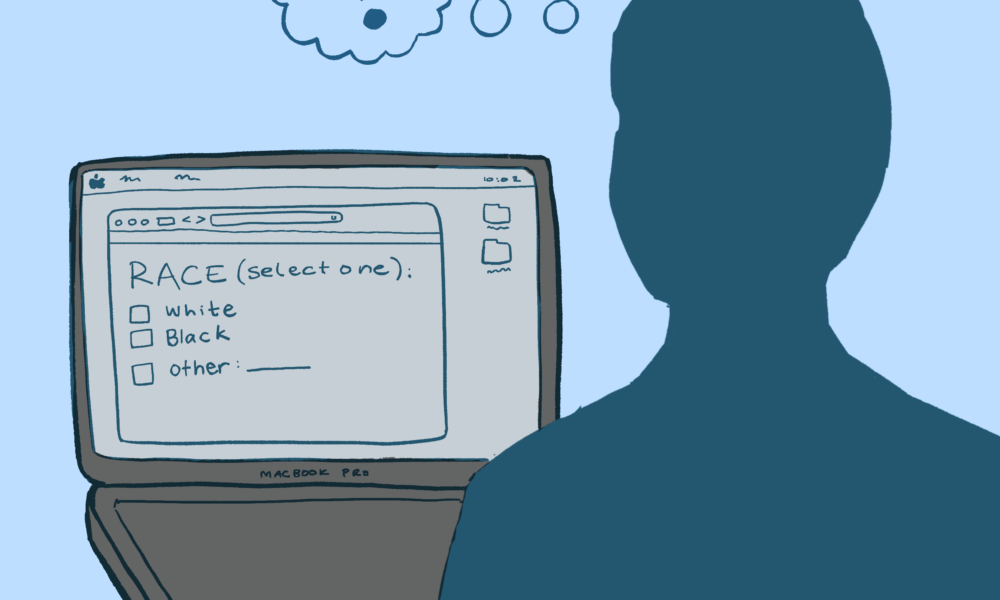For many multiracial individuals, answering a seemingly simple question—“What is your race?”—can be anything but straightforward. Demographic forms, surveys, and research questionnaires often present a narrow list of options. These limited categories, often shaped by researchers’ own biases, can lead to results that may not fully encompass one’s true racial identity.
In a recent study published in the journal Race and Social Problems, N. Keita Christophe, assistant professor in McGill’s Department of Psychology, explored different ways of collecting demographic information on race in social science research, methods which ultimately inform researchers’ understanding and classifications of multiracial participants in their samples.
Christophe and his colleagues also compared the participants’ self-reported racial identities to those of their biological parents and found that many multiracial folks identified differently than their parents. These discrepancies challenge widely held assumptions about how race is inherited, perceived, and recorded.
“One would assume that the races I select are a sum of what my biological mother is and my biological father is, right? But what we observed is that that really wasn’t holding true for a really big piece of the sample,” Christophe explained in an interview with The Tribune.
The study came about as a project of The Loving Study Collaborative—a team dedicated to capturing the experiences of multiracial college students. Despite being the quickest-growing populations in the U.S. and Canada, multiracial individuals are still frequently underrepresented—or misrepresented—in social science research.
“[Multiracial individuals are] really absent from a lot of big-scale data. I think what a lot of people do, both at government levels but also in academic research, is they often might just group people into a specific minority group. So, if I check Black and white and Asian, someone might just put me in the Black category or put me in the Asian category,” Christophe said. “So in a lot of research settings, multiracial people just kind of get erased from science, or they’re in their own group of multiracial people, but that group might be small because of the way they ask the question, so they exclude them from the analyses.”
Christophe encouraged other researchers to consider that the methods used to ask demographic questions can impose categorization bias on racialized persons, and that changing the wording of these questions can result in different-sized sample groups.
“Identity is really complex, and there are decisions that go into how people choose to self-identify on forms, and there’s a reason that people aren’t selecting the same groups for themselves as they may select for their parents,” Christophe said. “Maybe they don’t identify with those groups very strongly. Maybe they have a phenotype or physical appearance that doesn’t really match some of the groups they check for their parents, so they’re not checking them themselves.”
Christophe emphasized that the ways in which multiracial folks identify are complicated and evolving. Some might choose to identify with one identity over others, some may identify as a blend of their parents’ races all the time, and some might change their identification based on context. He explained that social science research needs to do more work to accommodate these nuances in identity.
“There’s not a lot of people doing this work, but I think it’s a population that needs a lot more research,” he said. “Studying risk, resilience, discrimination, health, and well-being in multiracial populations—it’s almost like it’s a very new area. Students and more junior people in the field can actually make big contributions [….] There’s definitely a lot of room to jump in and look at interesting questions and get your voice heard.”









